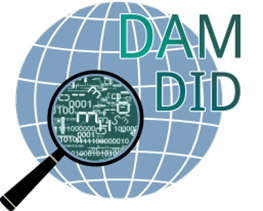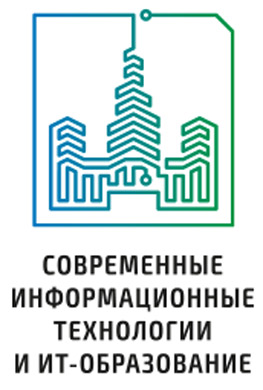ФИЗИЧЕСКАЯ НАУКОМЕТРИЯ
Аннотация
Предлагается классификация научных областей по тому месту, которое занимает их предмет в трехмерном пространстве физических размерностей: длины, массы и времени - в логарифмической шкале. Классификация включает некоторые области физики, химии, биологии и геологии, а также историю. Рассмотрена также роль областей, не подлежащих физической классификации, например, квантовой механики. Установлены естественные междисциплинарные связи, а также лакуны - области пространства размерностей, в которых отсутствуют предметы современного естествознания. Сделаны выводы об оценке научных областей по индексу междисциплинарности и даны рекомендации по оценке научных достижений широкой аудиторией.
Литература
[2] Faddeev L.D. Scattering theory for a three-particle system. Soviet Physics JETP. 1960; 12:1014-1019. (In Eng.)

Это произведение доступно по лицензии Creative Commons «Attribution» («Атрибуция») 4.0 Всемирная.
Редакционная политика журнала основывается на традиционных этических принципах российской научной периодики и строится с учетом этических норм работы редакторов и издателей, закрепленных в Кодексе поведения и руководящих принципах наилучшей практики для редактора журнала (Code of Conduct and Best Practice Guidelines for Journal Editors) и Кодексе поведения для издателя журнала (Code of Conduct for Journal Publishers), разработанных Комитетом по публикационной этике - Committee on Publication Ethics (COPE). В процессе издательской деятельности редколлегия журнала руководствуется международными правилами охраны авторского права, нормами действующего законодательства РФ, международными издательскими стандартами и обязательной ссылке на первоисточник.
Журнал позволяет авторам сохранять авторское право без ограничений. Журнал позволяет авторам сохранить права на публикацию без ограничений.
Издательская политика в области авторского права и архивирования определяются «зеленым цветом» в базе данных SHERPA/RoMEO.
Все статьи распространяются на условиях лицензии Creative Commons «Attribution» («Атрибуция») 4.0 Всемирная, которая позволяет другим использовать, распространять, дополнять эту работу с обязательной ссылкой на оригинальную работу и публикацию в этом журналe.













